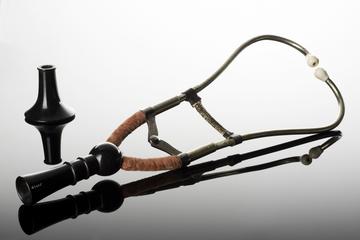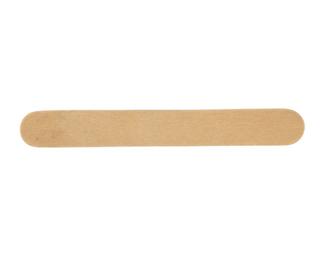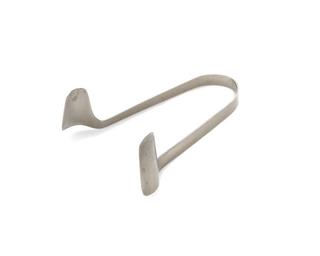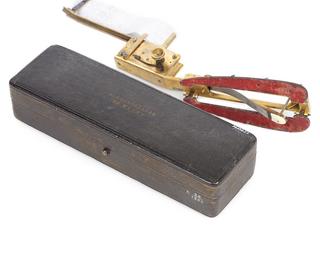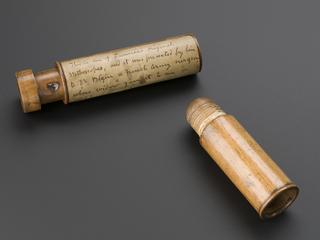

Glass hydrometer in case, by Peter Jones and Munday, London
A hydrometer measures the ratio of a specific liquid to water. For example, it assesses how much alcohol is in spirits and how much sugar is dissolved in urine. These are measured by assessing the density of the liquid. Urine was one of the first substances analysed by chemists in the 1800s. This is because it showed obvious changes when diseases were present. One such disease was diabetes. It had long been recognised some people’s urine was sweet-smelling. A chemical test estimated the amount of sugar present. The test used a saccharometer, which is a hydrometer calibrated specifically for sugar. The glass cylindrical hydrometer with mercury-filled bulb is placed in the liquid. The hydrometer sinks to a certain point. This is then read off the scale. The figure indicates the density of the liquid tested, be it urine, alcohol, milk or salt water.
Details
- Category:
- Clinical Diagnosis
- Collection:
- Sir Henry Wellcome's Museum Collection
- Object Number:
- A600448
- Materials:
- hydrometer, glass, hydrometer, mercury, hydrometer, plastic, scale and case, tin
- Measurements:
-
overall: 230 mm x 40 mm x 40 mm, .0269 kg
- type:
- hydrometer
